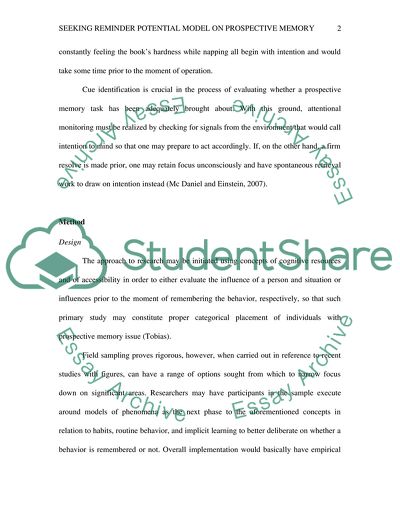Cite this document
(Seeking Reminder Potential Model on Prospective Memory Research Proposal, n.d.)
Seeking Reminder Potential Model on Prospective Memory Research Proposal. Retrieved from https://studentshare.org/health-sciences-medicine/1569223-research-proposal-on-prospective-memory
Seeking Reminder Potential Model on Prospective Memory Research Proposal. Retrieved from https://studentshare.org/health-sciences-medicine/1569223-research-proposal-on-prospective-memory
(Seeking Reminder Potential Model on Prospective Memory Research Proposal)
Seeking Reminder Potential Model on Prospective Memory Research Proposal. https://studentshare.org/health-sciences-medicine/1569223-research-proposal-on-prospective-memory.
Seeking Reminder Potential Model on Prospective Memory Research Proposal. https://studentshare.org/health-sciences-medicine/1569223-research-proposal-on-prospective-memory.
“Seeking Reminder Potential Model on Prospective Memory Research Proposal”, n.d. https://studentshare.org/health-sciences-medicine/1569223-research-proposal-on-prospective-memory.


